| 1 |
李德才. 磁性液体密封理论及应用[M]. 北京: 科学出版社, 2010.
|
|
LI Decai. Theory and application of magnetic fiuid seal[M]. Beijing: Science Press, 2010.
|
| 2 |
陈文, 吴张永, 张莲芝, 等. 环烷基NiFe2O4磁流体的制备及有磁场沉降稳定性[J]. 化工进展, 2019, 38(6): 2665-2673.
|
|
CHEN Wen, WU Zhangyong, ZHANG Lianzhi, et al. Preparation of oil-based NiFe2O4 magnetic fluid and stability of magnetic field settlement[J]. Chemical Industry and Engineering Progress, 2019, 38(6): 2665-2673.
|
| 3 |
Abideen IBIYEMI A, YUSUF Gbadebo Taofeek. Rheological investigation of strain rate and magnetic field on the magnetorheology of zinc ferrite ferrofluid[J]. Applied Physics A, 2022, 128(7): 1-20.
|
| 4 |
臧徐忠, 石尔, 傅俊萍, 等. 磁场调控磁性纳米流体流动和传热研究进展[J]. 化工进展, 2019, 38(12): 5410-5419.
|
|
ZANG Xuzhong, SHI Er, FU Junping, et al. A review of magnetic field effects on flow and heat transfer in magnetic nanofluids[J]. Chemical Industry and Engineering Progress, 2019, 38(12): 5410-5419.
|
| 5 |
ZHOU Hongming, CHEN Yibiao, ZHANG Yanjuan, et al. Simulation and experimental study on pressure transfer mechanism in multitooth magnetic fluid seals[J]. Tribology Transactions, 2021, 64(1): 31-41.
|
| 6 |
YANG Wenrong, WEI Dejie, SU Jianzheng, et al. Numerical simulation analysis and experimental research on damping performance of a novel magnetic fluid damper[J]. Advances in Materials Science and Engineering, 2021, 2021: 6629802.
|
| 7 |
HOU Fengyu, ZHANG Xiaobei, WANG Zijie, et al. Magnetic fluid infiltrated microbottle resonator sensor with axial confined mode[J]. IEEE Photonics Journal, 2020, 12(5): 1-9.
|
| 8 |
杨健健, 晏华, 代军, 等. 磁流变液材料的性能与应用综述[J]. 化工进展, 2017, 36(1): 247-260.
|
|
YANG Jianjian, YAN Hua, DAI Jun, et al. A review on magnetorheological fluid: Properties and applications[J]. Chemical Industry and Engineering Progress, 2017, 36(1): 247-260.
|
| 9 |
MOHAMMADFAM Yaghoub, HERIS Saeed Zeinali, KHAZINI Leila. Experimental investigation of Fe3O4/hydraulic oil magnetic nanofluids rheological properties and performance in the presence of magnetic field[J]. Tribology International, 2020, 142: 105995.
|
| 10 |
LI Zhenkun, LI Decai, DONG Jiahao, et al. Study of temperature influence on the rheological behavior of magnetic fluids[J]. Journal of Magnetism and Magnetic Materials, 2022, 545: 168757.
|
| 11 |
CUI Hongchao, LI Decai. Fabrication and properties research on a novel perfluoropolyether based ferrofluid[J]. Journal of Magnetism and Magnetic Materials, 2019, 473: 341-347.
|
| 12 |
CUI Hongchao, LI Decai. Preparation and property research of perfluoropolyether oil-based ferrofluid[J]. Journal of Superconductivity and Novel Magnetism, 2018, 31(11): 3607-3624.
|
| 13 |
李德才, 聂世琳. 一种耐低温磁性液体及其制备方法: CN115083719A[P]. 2022-09-20.
|
|
LI Decai, NIE Shilin. A low-temperature resistant magnetic liquild and its preparation method: CN115083719A[P]. 2022-09-20.
|
| 14 |
WANG Shenghai, YANG Chuncheng, BIAN Xiufang. Magnetoviscous properties of Fe3O4 silicon oil based ferrofluid[J]. Journal of Magnetism and Magnetic Materials, 2012, 324(20): 3361-3365.
|
| 15 |
ZHENG Hang, SHAO Huiping, LIN Tao, et al. Preparation and characterization of silicone-oil-based γ-Fe2O3 magnetic fluid[J]. Rare Metals, 2018, 37(9): 803-807.
|
| 16 |
LI Wenyi, ZHANG Zhili, LI Decai. Rheological properties of silicon oil-based magnetic fluid with magnetic nanoparticles (MNPs)-multiwalled carbon nanotube (MWNT)[J]. Smart Materials and Structures, 2019, 28(6): 065023.
|
| 17 |
朱启晨, 吴张永, 蔡晓明, 等. 温度对Ni0.5Zn0.5Fe2O4磁流体粘度的相关性[J]. 材料科学与工程学报, 2020, 38(6): 989-994.
|
|
ZHU Qichen, WU Zhangyong, CAI Xiaoming, et al. Experimental study on the correlation between temperature and viscosity of Ni0.5Zn0.5Fe2O4 magnetic fluid[J]. Journal of Materials Science and Engineering, 2020, 38(6): 989-994.
|
| 18 |
LOU Jiangfeng, ZHANG Hua, WANG Ruixiang. Experimental investigation of graphite nanolubricant used in a domestic refrigerator[J]. Advances in Mechanical Engineering, 2015, 7(2): 168781401557101.
|
| 19 |
YU Wei, XIE Huaqing, CHEN Lifei, et al. Enhancement of thermal conductivity of kerosene-based Fe3O4 nanofluids prepared via phase-transfer method[J]. Colloids and Surfaces A: Physicochemical and Engineering Aspects, 2010, 355(1/2/3): 109-113.
|
| 20 |
PATHAK Saurabh, VERMA Rajni, KUMAR Prashant, et al. Facile synthesis, static, and dynamic magnetic characteristics of varying size double-surfactant-coated mesoscopic magnetic nanoparticles dispersed stable aqueous magnetic fluids[J]. Nanomaterials, 2021, 11(11): 3009.
|
| 21 |
NOORJAHAN, PATHAK Saurabh, JAIN Komal, et al. Improved magneto-viscoelasticity of cross-linked PVA hydrogels using magnetic nanoparticles[J]. Colloids and Surfaces A: Physicochemical and Engineering Aspects, 2018, 539: 273-279.
|
| 22 |
PATHAK Saurabh, VERMA Rajni, SINGHAL Sakshi, et al. Spin dynamics investigations of multifunctional ambient scalable Fe3O4 surface decorated ZnO magnetic nanocomposite using FMR[J]. Scientific Reports, 2021, 11(1): 1-12.
|
| 23 |
Lucía GUTIÉRREZ, DE LA CUEVA Leonor, MOROS María, et al. Aggregation effects on the magnetic properties of iron oxide colloids[J]. Nanotechnology, 2019, 30(11): 112001.
|
| 24 |
GOUDRAZI Sahar, SHEKARAMIZ Masih, OMIDVAR Alireza, et al. Nanoparticles migration due to thermophoresis and Brownian motion and its impact on Ag-MgO/water hybrid nanofluid natural convection[J]. Powder Technology, 2020, 375: 493-503.
|
| 25 |
BORIN D, BERGMANN C, ODENBACH S. Characterization of a magnetic fluid exposed to a shear flow and external magnetic field using small angle laser scattering[J]. Journal of Magnetism and Magnetic Materials, 2020, 497: 165959.
|
| 26 |
姚勇伟, 吴张永, 朱启晨, 等. Ni0.5Zn0.5Fe2O4磁流体相变稳定性及黏度特性实验研究[J]. 工程热物理学报, 2022, 43(3): 817-823.
|
|
YAO Yongwei, WU Zhangyong, ZHU Qichen, et al. Experimental study on stability and viscosity properties of phase change of Ni0.5Zn0.5Fe2O4 magnetic fluid[J]. Journal of Engineering Thermophysics, 2022, 43(3): 817-823.
|
| 27 |
谢志伟, 吴张永, 朱启晨, 等. 植物油基Ni0.5Zn0.5Fe2O4磁流体的黏度特性及磁黏特性[J]. 化工进展, 2023, 42(7): 3623-3633.
|
|
XIE Zhiwei, WU Zhangyong, ZHU Qichen, et al. Viscosity properties and magnetovisous effects of Ni0.5Zn0.5Fe2O4 vegetable oil-based magnetic fluid[J]. Chemical Industry and Engineering Progress, 2023, 42(7): 3623-3633.
|
| 28 |
CAO Qianhui, ZHANG Zhili, YU Jun, et al. Research on the effect of different surfactants on fluidity of water-based magnetic fluid[J]. Smart Materials and Structures, 2020, 29(3): 035028.
|
| 29 |
BORIN Dmitry, Robert MÜLLER, ODENBACH Stefan. Magnetoviscosity of a magnetic fluid based on Barium hexaferrite nanoplates[J]. Materials, 2021, 14(8): 1870.
|
| 30 |
SHOJAEIZADEH Ehsan, VEYSI Farzad, GOUDARZ Koorosh, et al. Magnetoviscous effect investigation of water based Mn-Zn Fe2O4 magnetic nanofluid under the influence of magnetic field: An experimental study[J]. Journal of Magnetism and Magnetic Materials, 2019, 477: 292-306.
|
| 31 |
SOCOLIUC V, AVDEEV Mikhail V, KUNCSER Victor, et al. Ferrofluids and bio-ferrofluids: Looking back and stepping forward[J]. Nanoscale, 2022, 14(13): 4786-4886.
|
 ), WU Zhangyong(
), WU Zhangyong( ), WANG Zhiqiang, JIANG Jiajun, LI Xiang
), WANG Zhiqiang, JIANG Jiajun, LI Xiang

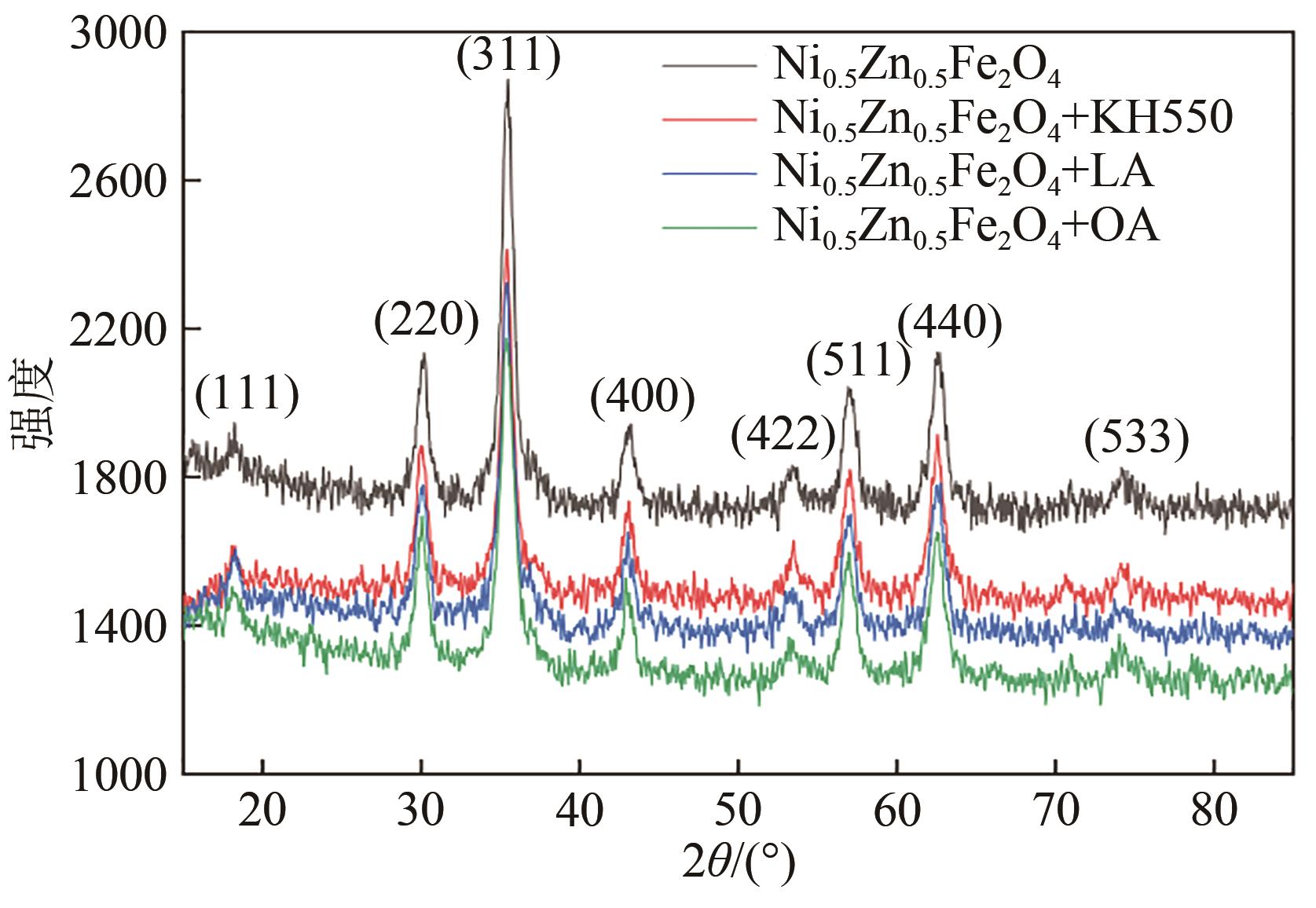
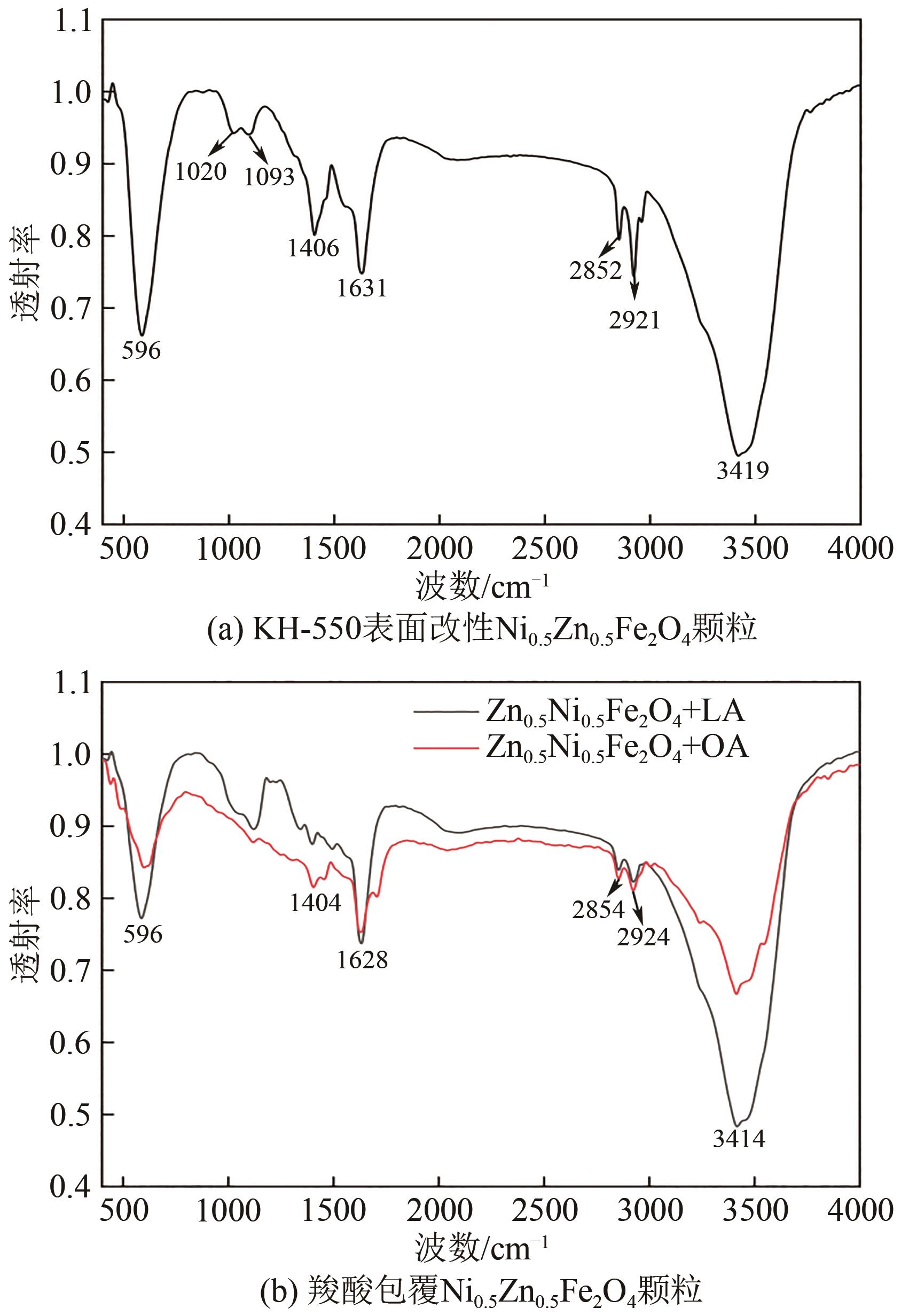


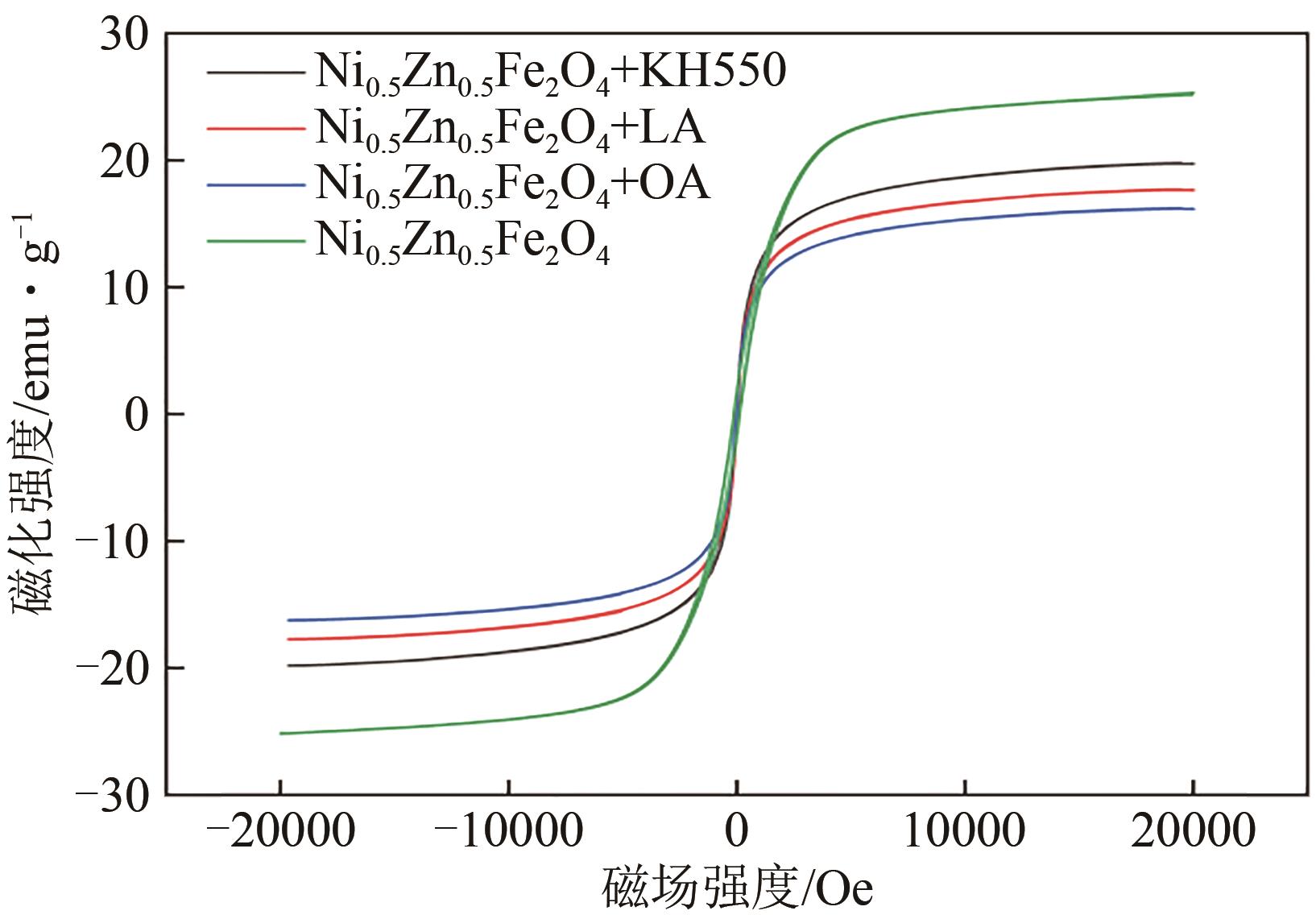
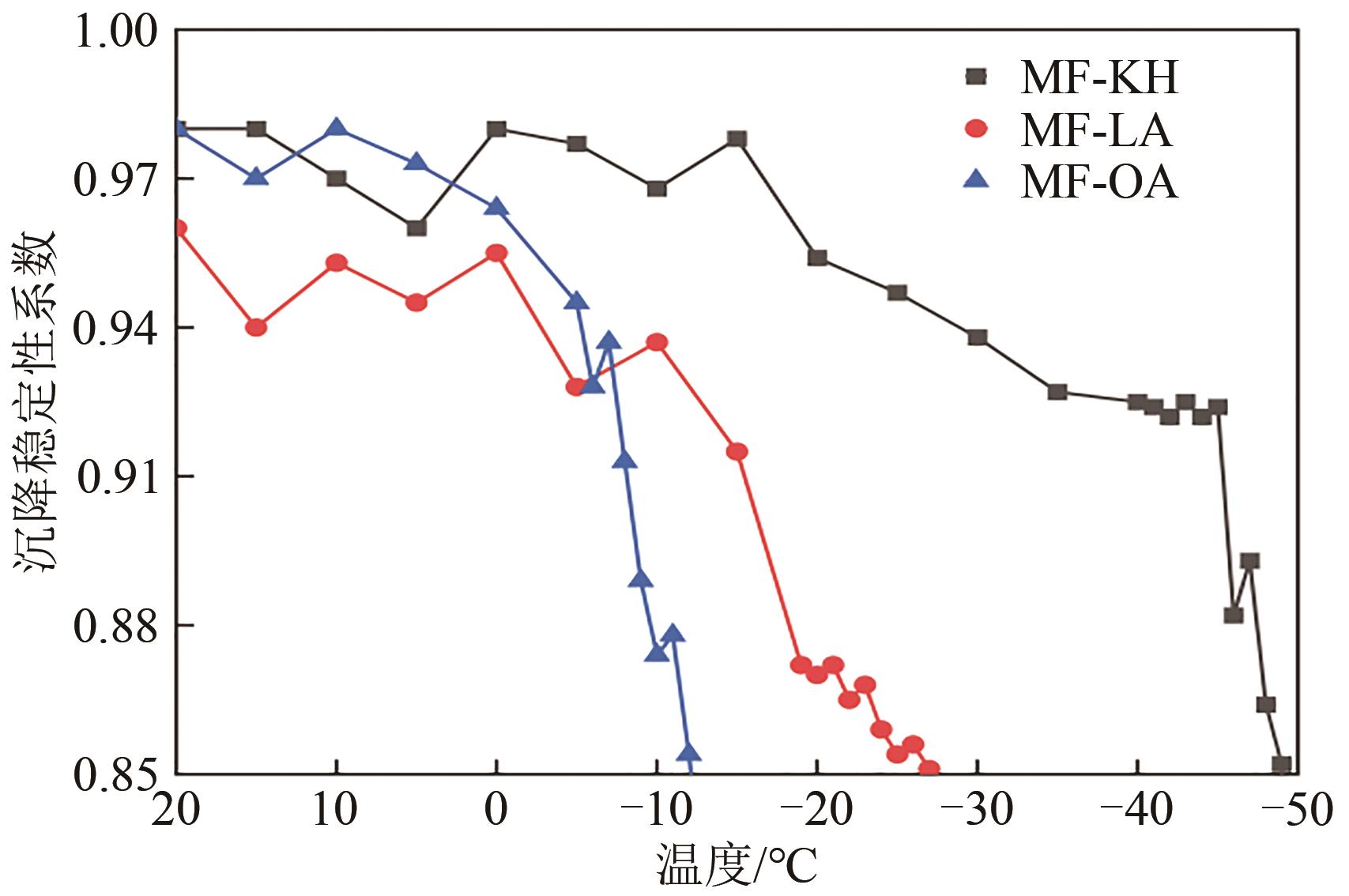
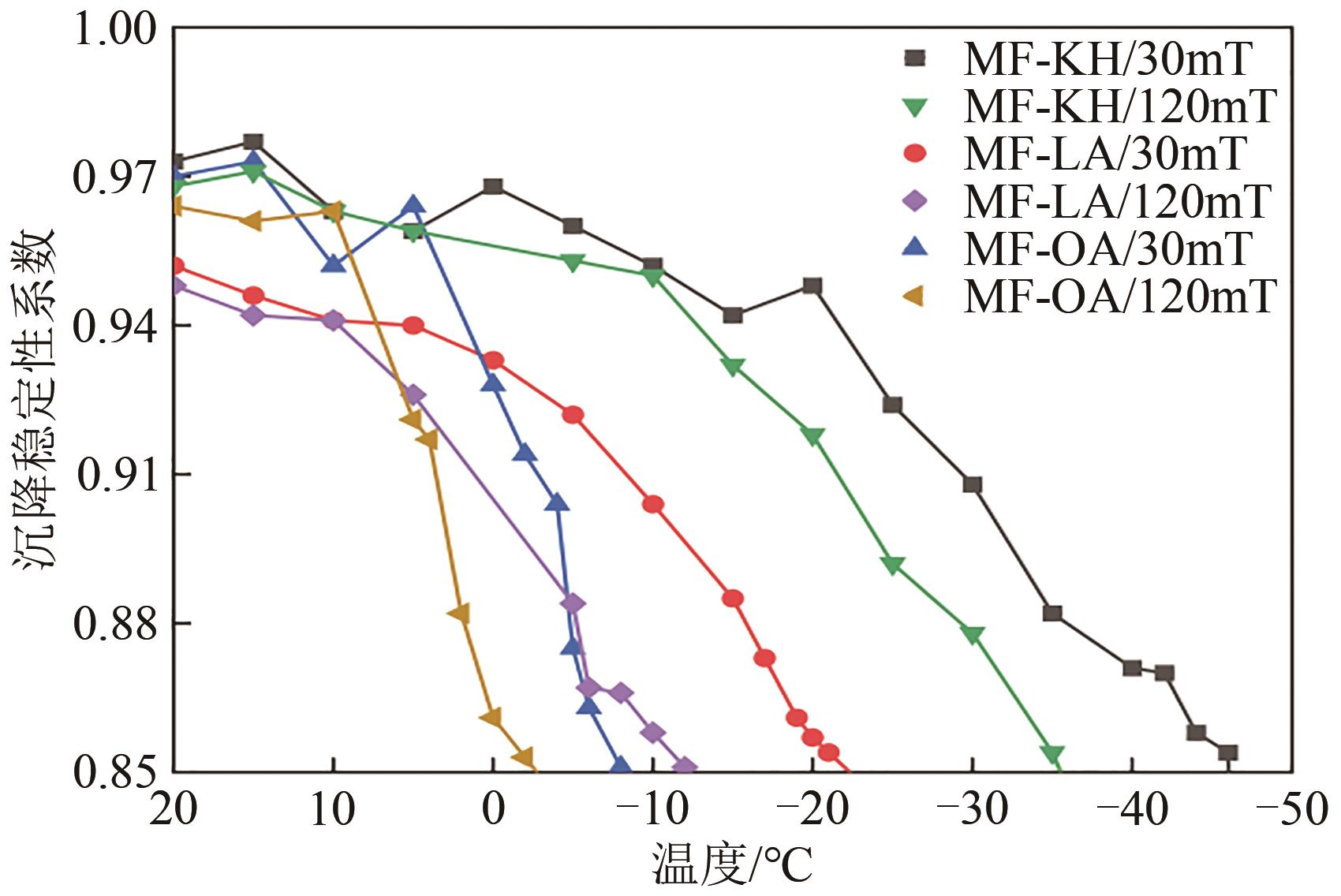
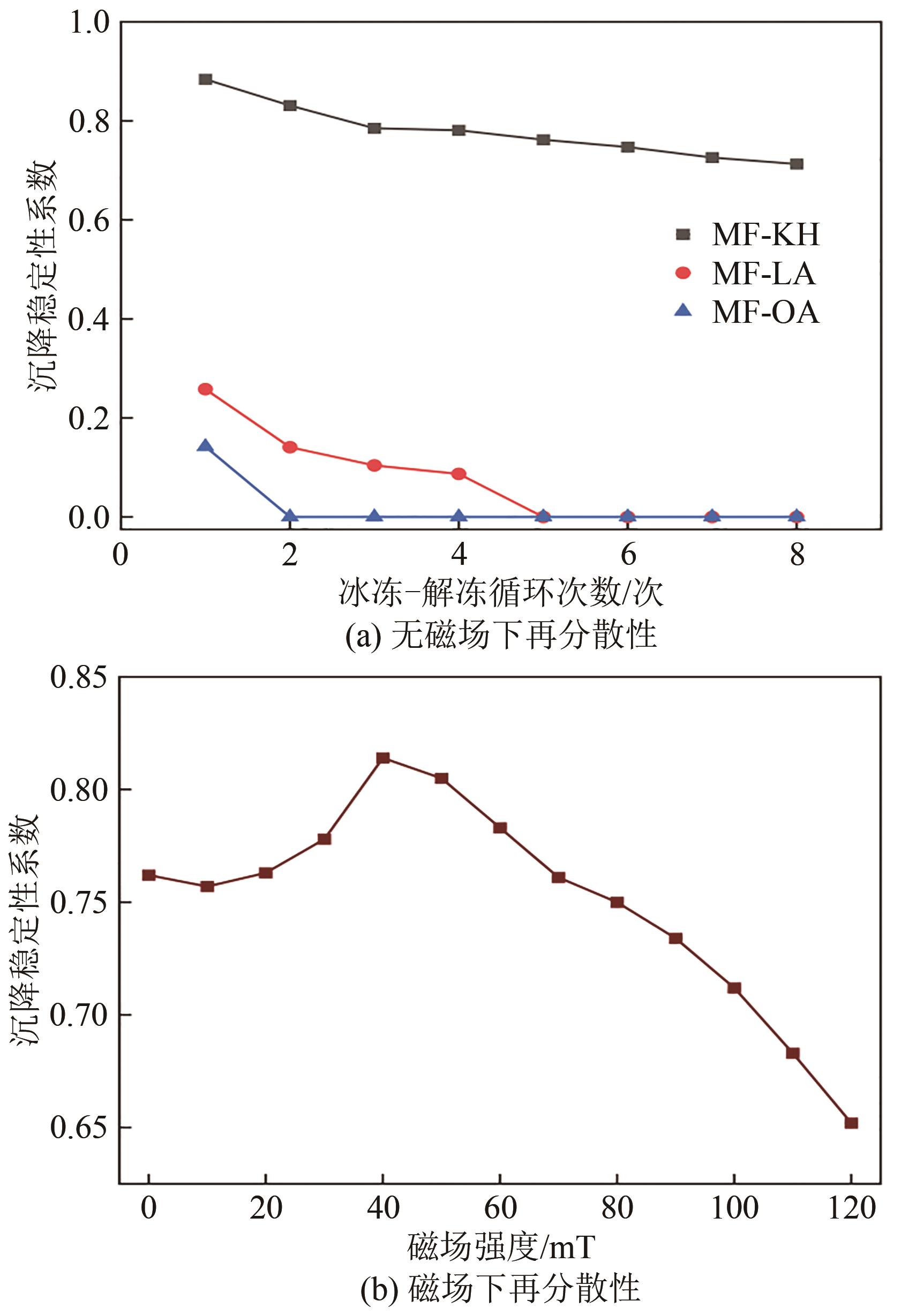
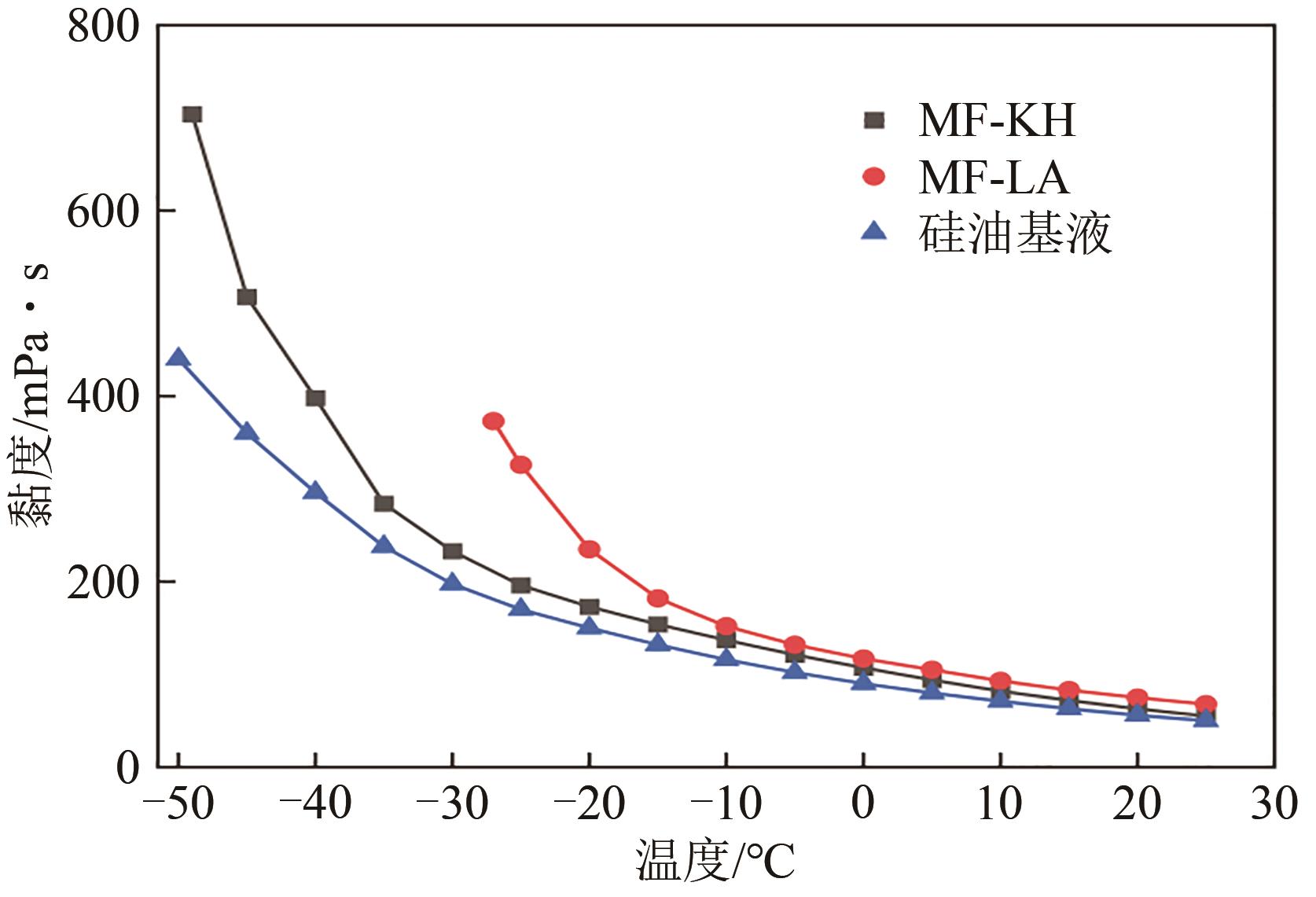

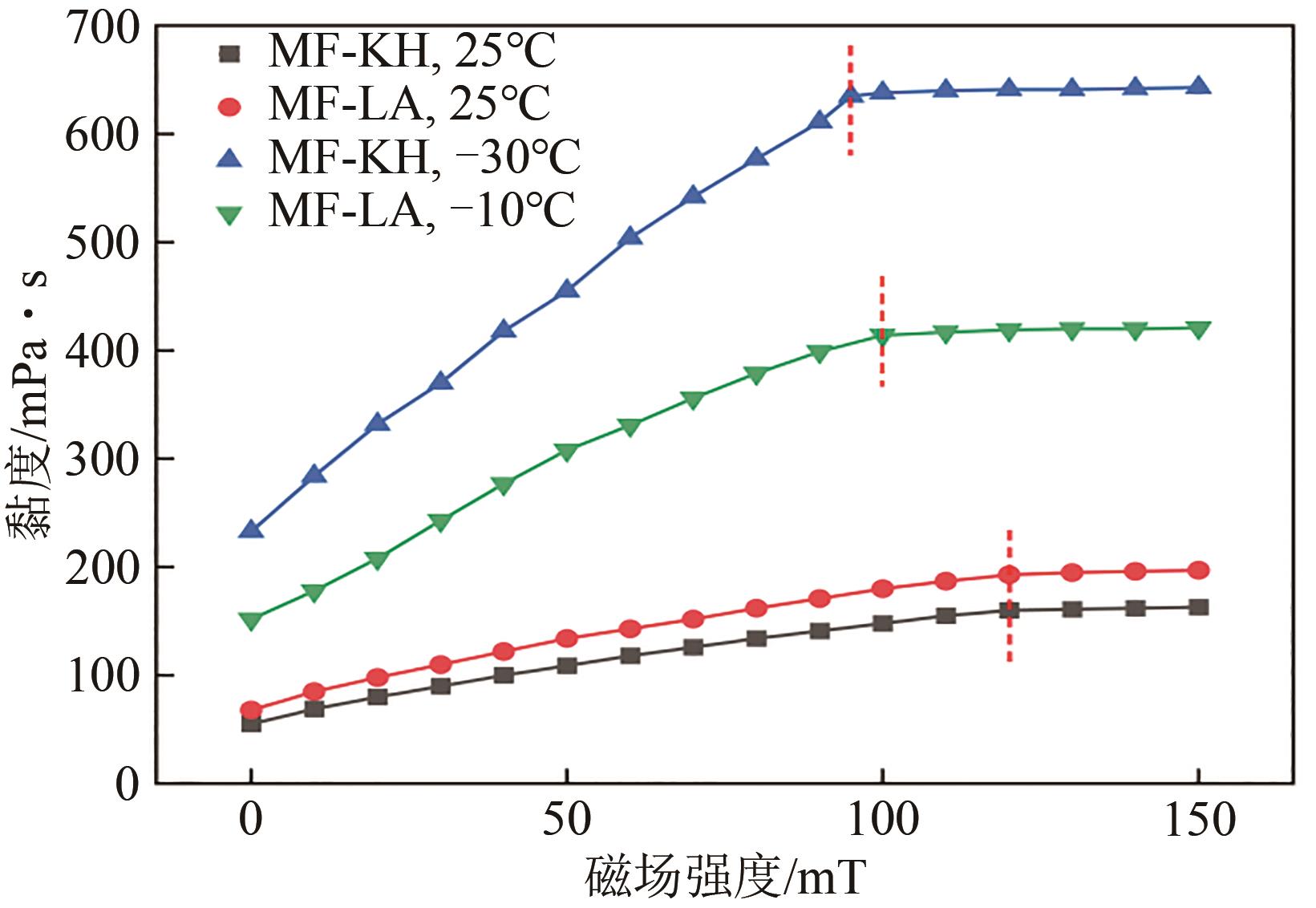

 英的减排现状及发展趋势
英的减排现状及发展趋势